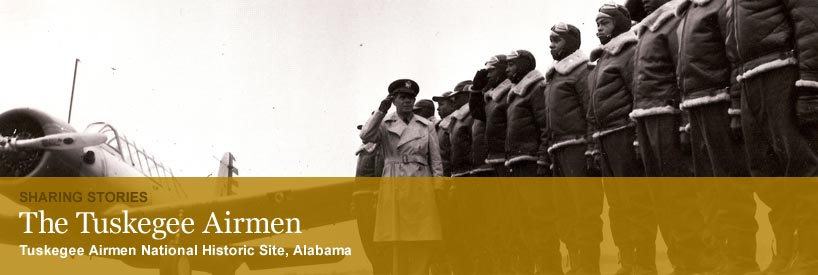African Americans fought and died in America’s armed forces, but it wasn’t until President Harry Truman ordered the integration of the military in 1948 that black and white soldiers served side-by-side. The inevitability of that order started on an airfield in Alabama seven years earlier when all-black Tuskegee Institute was asked by the Army Air Corps to train students to not only maintain combat aircraft but fly them, a first for the military. Nearly 1,000 black aviators – known today as the Tuskegee Airmen – earned their wings and became one of the most highly respected fighter groups of World War II. Having fought America’s enemies abroad, at war’s end, they returned to join the struggle to win equality at home. Their field of dreams – Moton Airfield – is now a national park. “The legacy of the Tuskegee Airmen isn't just black history, it's our national history,” says park manager, Deanna Mitchell. “These pilots showed that prejudice can be overcome – that our country is better as a whole, not separated by race. People from all over the world have come here to see how these men refused to let race become a barrier to their abilities.”
Today, the National Park Service is the keeper of our nation’s stories, sharing them in the places where history happened – making America’s Best Idea even better.



















